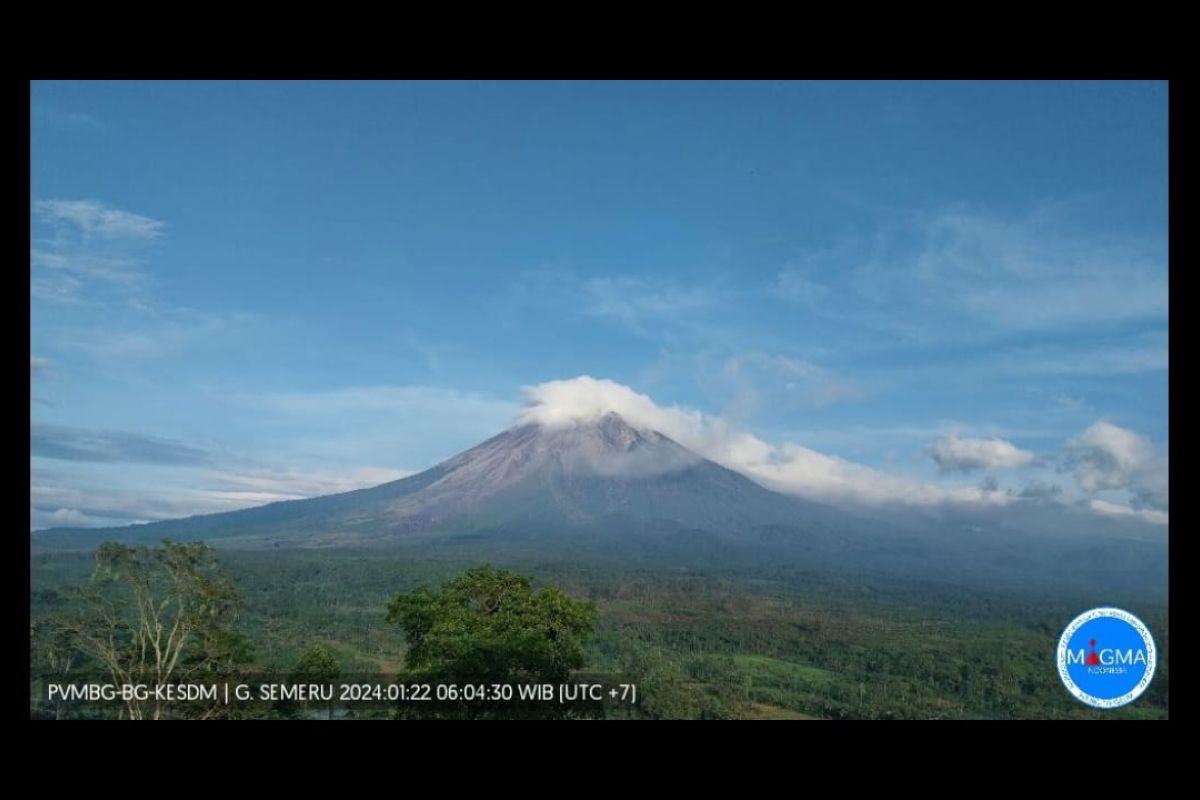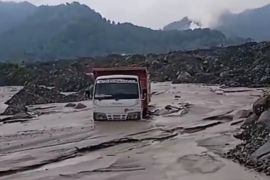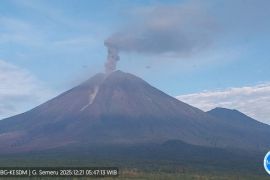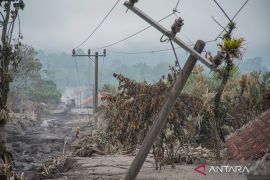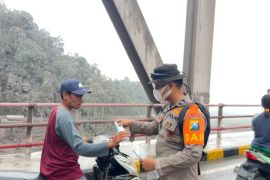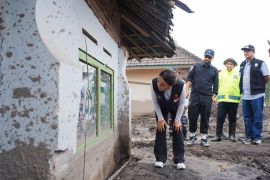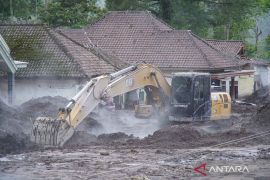An officer from the Mount Semeru Observation Post, Yadi Yuliandi, in his written report, stated that Mount Semeru experienced 19 earthquake eruptions, with an amplitude of 10-21 mm, and an earthquake duration of 65-140 seconds.
"It also experienced a gust of earthquake with an amplitude of 4-6 mm, and an earthquake duration of 52-75 seconds," Yuliandi stated from the observation post in Lumajang, East Java.
In addition, the seismograph recorded two distant tectonic earthquakes, with an amplitude of 14-39 mm, S-P time of 15-16 seconds, and an earthquake duration of 39-74 seconds, he added.
"Visually, Mount Semeru is covered in fog. The crater smoke is not detected. The weather is clear to cloudy and the wind is weak to moderate to the northeast and east," he remarked.
The activity of the highest mountain on Java Island on Sunday (January 21) during the observation period at 00:00-24:00 local time recorded 69 eruption earthquakes, three avalanche earthquakes, 13 gust earthquakes, two harmonic earthquakes, one volcanic earthquake, and four distant tectonic earthquakes, Yuliandi stated.
Meanwhile, Head of the Prevention, Preparedness, and Logistics Division of the Lumajang Regional Disaster Mitigation Agency (BPBD), Wawan Hadi Siswoyo, stated that Mount Semeru's status is still at Level III, or Alert. The public was advised to not carry out any activities in the southeastern sector along Besuk Kobokan, as far as 13 kilometers from the peak, or the center of the eruption.
The public is also prohibited from carrying out activities within 500 meters of the river bank along Besuk Kobokan due to the potential of hot clouds and lava flows up to a distance of 17 kilometers from the peak, he added.
"Do not carry out activities within a five-kilometer radius of the crater/top of Mount Semeru because they are prone to the danger of thrown rocks from the crater," Siswoyo stated.
The public must also pay attention to the potential for hot cloud and lava avalanches along rivers and valleys from the peak of Mount Semeru, especially along Besuk Kobokan, Besuk Bang, Besuk Kembar, and Besuk Sat, as well as the potential for cold lava flow in small rivers.


